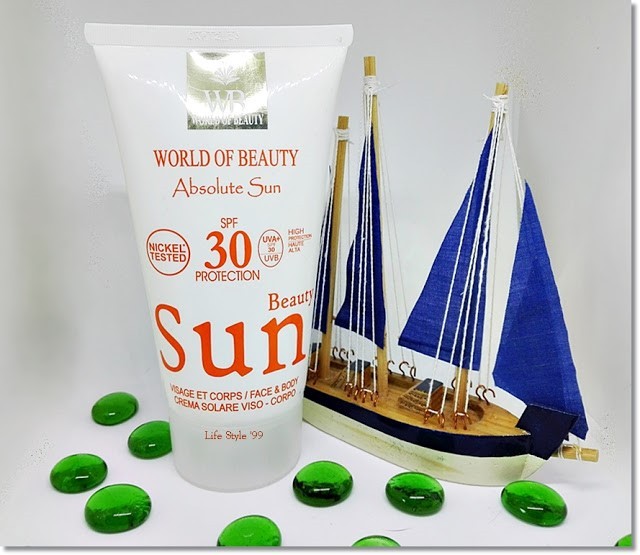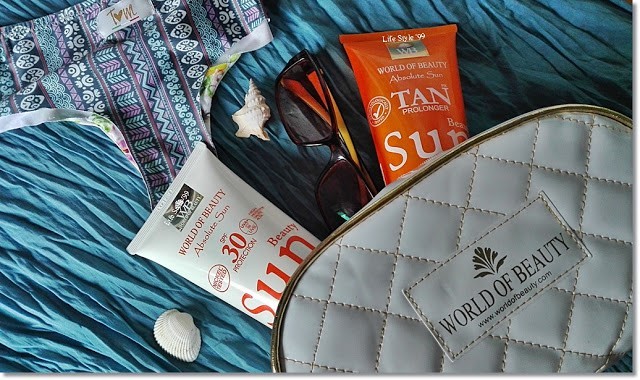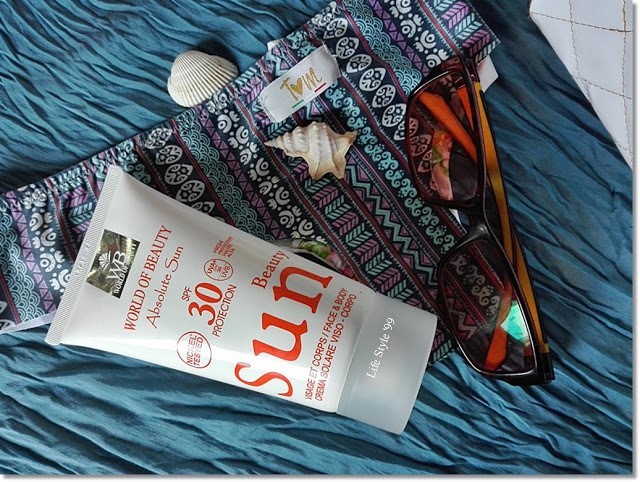Protect your skin in the summer from the sun, at the sea or in the mountains. Let’s dispel the false myths.
Very often we take things for granted or believe some thing that are actually not true, perhaps handed down to us.
One of these false truths is that the skin should be protected from the sun, only when you go to the sea … or at most in the pool.
Well it is not so: the skin must be protected from the sun in any case and in some periods, thanks to the natural climatic course, this protection must be accentuated.
Let’s start by explaining why some of this news is false … up to a certain point.
The skin must be protected only at the sea: FALSE
I have already written this many times, but it is true that people in their bathing suits at the sea (therefore discovered) and the sea water (such as that of the lake or swimming pool) reflects the sun’s rays in a marked way, amplifying the perception, therefore I emphasize that at sea the skin must certainly be protected from UV rays starting with a very high protection the first few days and gradually decreasing the SPF from 50 to 30 to 15 and so on. If you have more resistant and darker skin you can skip a step and start from 30spf.
The skin should not be protected when there are clouds: FALSE
The clouds certainly make our stay outside the umbrella more bearable, but be careful, the clouds shield the infrared rays not the UV rays so yes, you tan (and therefore you can burn yourself) even when the sky is cloudy.
Even in the mountains the skin gets hot: TRUE
As much as I live in the Alps, I come from a seaside town, so I personally know (and literally on my skin) both by chance and know that in my life, apart from the normal sun redness on the beach, I took two big sunburns (up to the erythema with long scars to heal) and I took them in the high mountains.
Let’s make simple considerations to understand why.
How do UV rays reach the earth?
The ultraviolet rays are filtered through the atmosphere. And if, at sea level, the atmosphere will have an X consistency, as you rise to altitude, there will be an increasingly thin layer of atmosphere and therefore the radiation will be less and less filtered (usually we say that in the mountains the air it is more rarefied) and therefore they will arrive more directly on the skin, which will need even more to be protected.
The need therefore to protect the skin from the sun in the mountains does not exist only when you go skiing, because it is true that the snow – reflecting them – amplifies its rays, but the summer sun less filtered by the atmosphere makes it even more dangerous both for the health and beauty of the skin.
How do we protect ourselves from the mountain sun?
Light clothes, hat and of course sun protection with high SPF (from 30 upwards)
However, the same recommendations that are used at the sea are valid, with the difference that we must protect ourselves even when we are dressed, therefore using UV protection every time we go out, on face and décolleté, arms and possibly legs, if you use shorts and short dresses. Not forgetting to protect some particularly delicate areas, such as the ears and lips.
What do I use? World of Beauty Sun Beauty SPF30
Let us start by saying that the topic of sun protection in the mountains absolutely does not preclude the need and functionality of a sunscreen even at the sea or lake.
Personally I have a fairly clear skin type that I did not inherit from my dad, who took on the appearance of a Latin American at the sea, but from my red-haired mom who remained white as the moon, even after two months of vacation at the beach. Here, I am strangely dark with hair like dad and white as milk as mom.
So, reserving the face – in the very first days – the SPF 50 cream from World of Beauty (you can read the post again, if you like), I protect my face and body skin with a sunscreen that is still high like the Beauty Sun SPF 30.

We speak as usual of the highest quality products, functional, effective and healthy, as well as incredibly pleasant to use.
In fact, the sunscreen has a creamy and soft texture, it is easily absorbed and leaves the skin soft and fragrant, as well as protected.
It is a solar emulsion with pure argan oil, coconut, beta-carotene and Vitamin E and botanical antioxidants, therefore while protecting against UV damage, it repairs and also prevents free radical damage.
It is suitable for all skin types, including delicate skin and in particular those with a light skin type.
Warning: do not make the mistake of assuming that a high sunscreen does not allow a beautiful tan, rather it favors it, because the skin will be even more beautiful and luminous as well as pleasantly golden. It also prevents unpleasant sun spots, which appear to the eye as signs of premature age.
How it is applied
On clean skin, it must be applied generously on all parts exposed to the sun, BEFORE sun exposure, do not reduce yourself last minute, you will certainly be more protected if the skin has absorbed the product and its active ingredients, a few minutes before. For example, I have the habit of spreading sunscreen before getting dressed to go out, not when I get to the beach (with the risk that sea baths and sweat partially invalidate its protection).
It must be reapplied several times during sun exposure: even waterproof creams are not eternal, you will also be protected during the bath, but when you return to shore, know that the skin will need to renew the application.
And remember that you do not expose yourself to the sun in the central hours of the day, both to prevent sunburn and sunstroke and heat and to prevent the dreaded melanoma.
And after the sun exposure?
There is Tan Prolonger Beauty Sun World of Beauty






